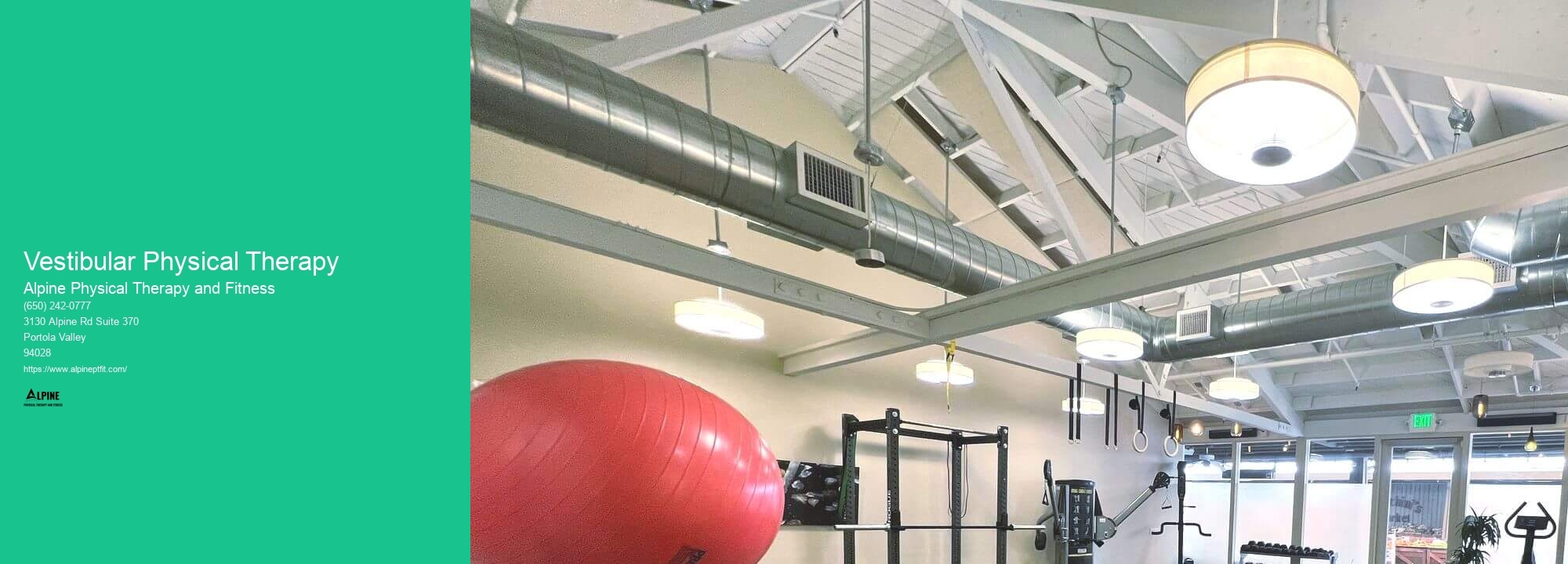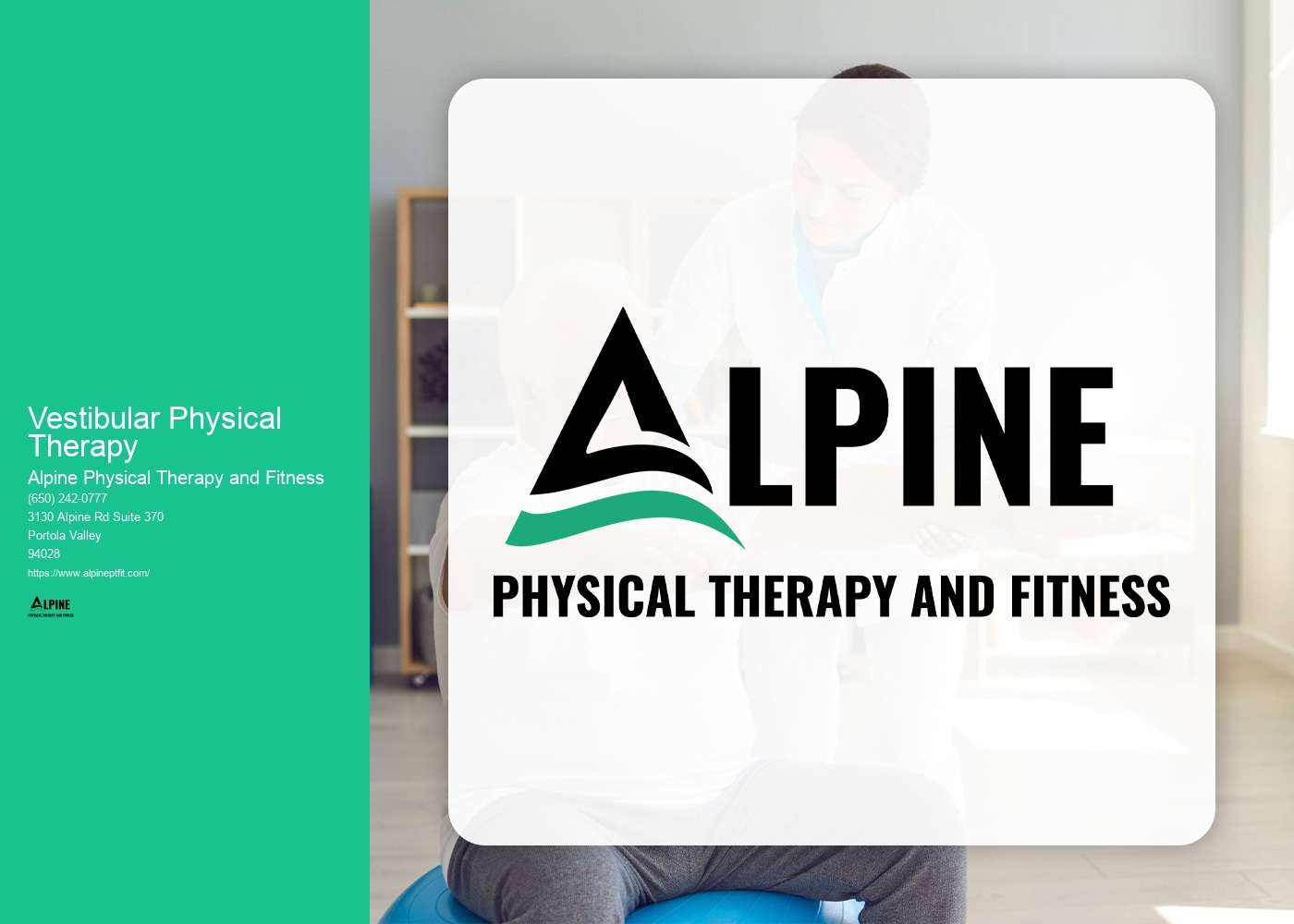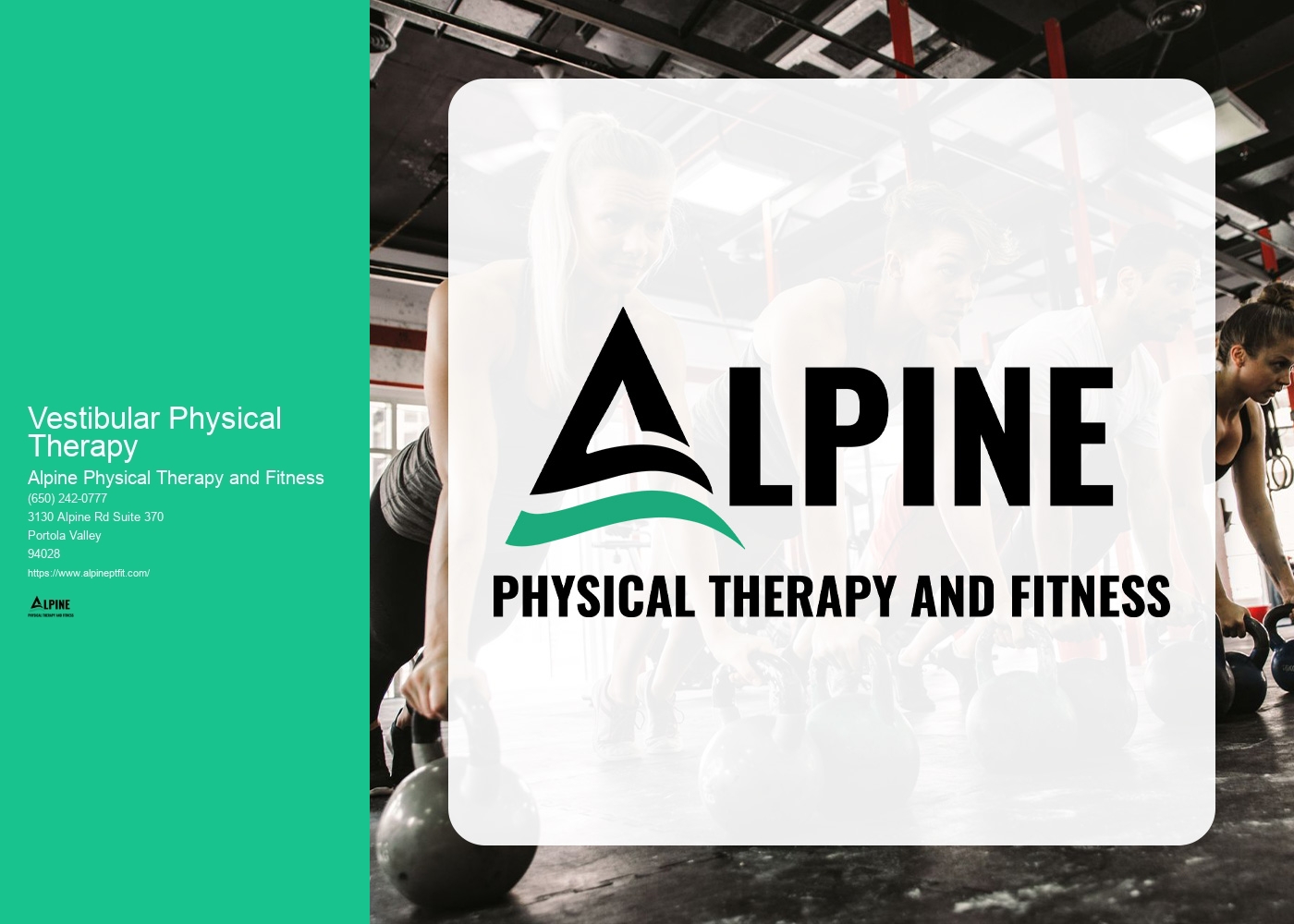

Vestibular physical therapy is a specialized form of therapy that focuses on treating disorders of the vestibular system, which is responsible for maintaining balance and spatial orientation. This type of therapy is designed to help individuals who experience dizziness, vertigo, and balance problems due to vestibular dysfunction. It involves a combination of exercises and techniques that aim to improve the function of the vestibular system and reduce symptoms.
Vestibular physical therapy is effective in helping with balance and dizziness by targeting the underlying causes of these symptoms. Through a variety of exercises and maneuvers, therapists can help to retrain the brain to better process and interpret signals from the vestibular system. This can lead to improved balance, reduced dizziness, and a decrease in falls and other related issues. Additionally, vestibular physical therapy can help individuals develop compensatory strategies to manage their symptoms and improve their overall quality of life.
There are several conditions that can be treated with vestibular physical therapy. These include benign paroxysmal positional vertigo (BPPV), vestibular neuritis, labyrinthitis, Meniere's disease, and post-concussion syndrome, among others. Each condition may require a slightly different approach to therapy, but the overall goal remains the same - to improve vestibular function and reduce symptoms.

Common techniques used in vestibular physical therapy include gaze stabilization exercises, balance training, habituation exercises, and canalith repositioning maneuvers. Gaze stabilization exercises involve focusing on a stationary object while moving the head, which helps to improve the brain's ability to process visual information during movement. Balance training exercises focus on improving stability and coordination, while habituation exercises involve exposing the individual to movements or positions that provoke their symptoms in order to desensitize the vestibular system. Canalith repositioning maneuvers are specific maneuvers used to treat BPPV by repositioning displaced calcium crystals in the inner ear.
The duration of a typical vestibular physical therapy session can vary depending on the individual's needs and the severity of their symptoms. On average, a session may last between 45 minutes to an hour. During this time, the therapist will assess the individual's symptoms, perform various tests and exercises, and provide education and guidance on managing their condition.

The number of sessions needed for vestibular physical therapy can also vary depending on the individual and their specific condition. Some individuals may see improvement after just a few sessions, while others may require several weeks or months of therapy. The therapist will work closely with the individual to develop a personalized treatment plan and determine the appropriate frequency and duration of therapy sessions.
While vestibular physical therapy is generally safe, there can be some side effects or risks associated with certain techniques. For example, individuals undergoing canalith repositioning maneuvers may experience temporary dizziness or vertigo during or after the procedure. However, these side effects are typically short-lived and resolve on their own. It is important for individuals to communicate any concerns or discomfort they may experience during therapy sessions so that the therapist can make any necessary adjustments to the treatment plan.

Physical therapy can be an effective treatment option for alleviating symptoms of thoracic outlet syndrome. By utilizing a combination of exercises, stretches, and manual therapy techniques, physical therapists can help improve posture, increase range of motion, and strengthen the muscles in the affected area. Additionally, physical therapy can help reduce pain and inflammation, improve blood flow, and address any underlying muscle imbalances or postural abnormalities that may be contributing to the condition. Through a personalized treatment plan, physical therapy can provide relief and improve overall function for individuals with thoracic outlet syndrome.
Physical therapy can be beneficial for individuals with chronic obstructive pulmonary disease (COPD). COPD is a progressive lung disease that can cause difficulty breathing and reduced lung function. Physical therapy interventions, such as exercise training, breathing exercises, and airway clearance techniques, can help improve lung function, increase exercise tolerance, and enhance overall quality of life for individuals with COPD. Exercise training programs can include aerobic exercises, strength training, and flexibility exercises, which can help improve cardiovascular fitness, muscle strength, and joint mobility. Breathing exercises, such as pursed lip breathing and diaphragmatic breathing, can help individuals with COPD improve their breathing patterns and increase their lung capacity. Airway clearance techniques, such as chest physiotherapy and postural drainage, can help clear mucus from the airways and improve lung function. Overall, physical therapy can play a crucial role in the management of COPD by helping individuals improve their respiratory function, reduce symptoms, and enhance their ability to perform daily activities.
Physical therapists play a crucial role in the rehabilitation of swimmers with shoulder injuries. They employ a variety of techniques and exercises to help swimmers regain strength, flexibility, and range of motion in their shoulders. These may include manual therapy techniques such as joint mobilizations and soft tissue mobilizations to improve joint mobility and reduce pain. Therapists also use therapeutic exercises to strengthen the muscles around the shoulder joint, focusing on specific movements and muscle groups that are important for swimming. Additionally, they may incorporate modalities such as heat or cold therapy, ultrasound, or electrical stimulation to further aid in the healing process. By working closely with swimmers, physical therapists can develop personalized treatment plans that address their specific needs and goals, helping them return to the pool safely and effectively.
Physical therapy plays a crucial role in stroke rehabilitation by helping individuals regain their mobility, strength, and independence. Through a combination of exercises, stretches, and specialized techniques, physical therapists work to improve motor function, balance, coordination, and range of motion. They also focus on addressing any muscle weakness or spasticity that may have resulted from the stroke. Additionally, physical therapy can help manage pain, prevent complications such as contractures or pressure sores, and enhance overall cardiovascular fitness. By tailoring treatment plans to the specific needs and abilities of each patient, physical therapists play a vital role in promoting recovery and maximizing functional outcomes following a stroke.